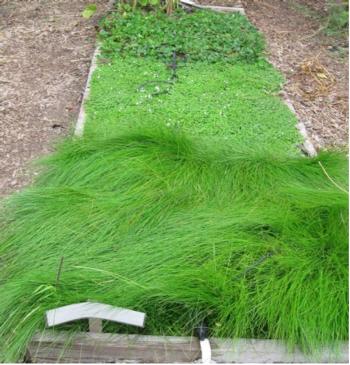Lawn alternatives: ground cover trial
Go green with environmentally-friendly lawn substitutes! With water resources becoming an increasing concern, it is important that we identify alternatives to lawns that require less water but can still meet people’s aesthetic and recreational needs.
With this in mind, Master Gardener Jo Killen and others tested some ground covers that could serve as substitutes for lawns and might do well in the northern California coastal environment. We looked for plants that were evergreen perennials, used less water than lawns, would grow in sun and partial shade, and could tolerate some foot traffic. We did not test lawns that might be suitable for playing fields.
For the Zone 17 Elkus Ranch trial, we choose three lawn substitutes that met these requirements.
Pacific beach strawberry, Fragaria chiloensis (L.) Mill. ssp. pacifica Staudt
The beach strawberry is a native California species. It is a perennial that grows 4-8" high with dark green leaves and produces small ornamental strawberries in the fall. It is one of the plants chosen for the roof of the California Academy of Sciences building in San Francisco, and is recommended by the BAWSCA, Bay Area Water Supply and Conservation Agency.
Beach strawberry is propagated from runners and is not readily available as seed. It will grow in full or half sun or shade.
Blue Star Creeper Isotoma, Laurentia fluviatilis
This dense, low-growing, bright green plant blooms in late spring and summer with tiny, star-shaped pale blue flowers. The BAWSCA recommends it as a good alternative ground cover and is a nice choice between paving stones or in rock gardens. It does well in full or half sun or shade.
Native Ornamental Fine Fescue Mix (no-mow grass)
No-mow grasses are of increasing interest because they require less water, little maintenance, and little or no chemical use. These eco-friendly fescues also reduce the effects of pollution and trap windblown allergens. There are many no-mow mixes available in the market.
We choose a mix recently used on the grounds at Montalvo Arts Center. The mix, from Pacific Coast Seed in Livermore, includes
42% Festuca rubra, Molate Blue Fescue
28% Festuca occidentalis, Western Fescue
38% Festuca idahoensis, Idaho Fescue
2% inert / other
Methodology
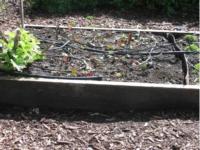
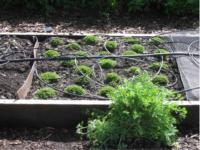
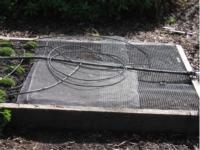
In March, we planted 35 seedlings of Pacific beach strawberry, 23 seedlings of blue star creeper, and the fescue mix seed.[1] We covered the fescue with hardware cloth to protect it from the birds. The drip watering system was set initially for 10 minutes 3 times a week to get them off to a good start.
Results
Overall, all three ground covers did well. In mid-August, our irrigation system needed repairs, so we decided to go to once a week hand watering for the ground covers. With considerably less water, the plants continued to thrive.
Beach Strawberry
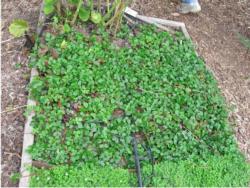
Blue Star Creeper
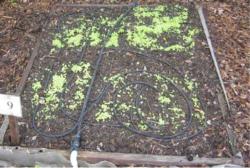
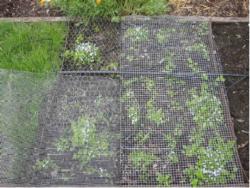
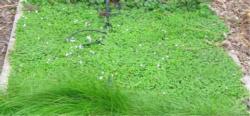
Fescue mix
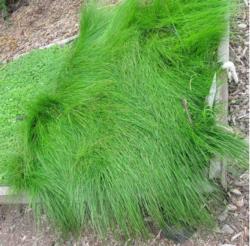
Conclusion
All three ground covers substitutes performed well in the coastal climate.
Beach strawberry proved to be a hardy and attractive ground cover. One can walk on it easily without damage; however it is not smooth enough for lawn games or children’s play. It can be cut back or mowed in early spring to encourage new growth.
Blue star creeper can be a successful a lawn substitute. It is attractive, rugged, withstands some foot traffic, and requires less water than a lawn—although it is not drought tolerant. If you are in gopher country, it may be a problem. And how many lawns are adorned with a pale blue flower during most of the season up to frost?
No-mow fescue is a good lawn substitute for areas that are primarily for landscaping and not used for recreation. This natural lawn does not need mowing or chemicals, requires less water than traditional lawns, and provides a visually satisfying natural turf.
